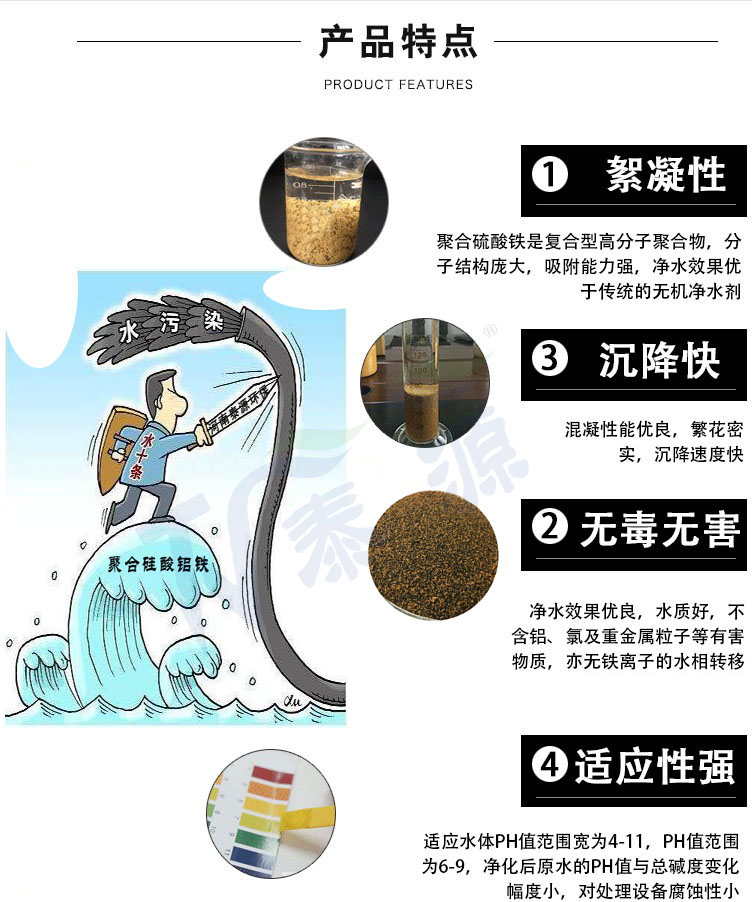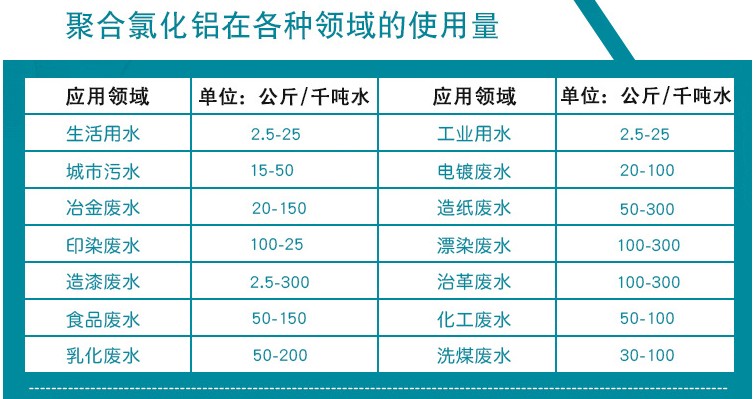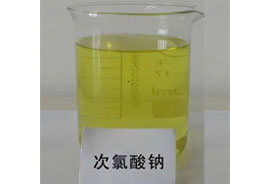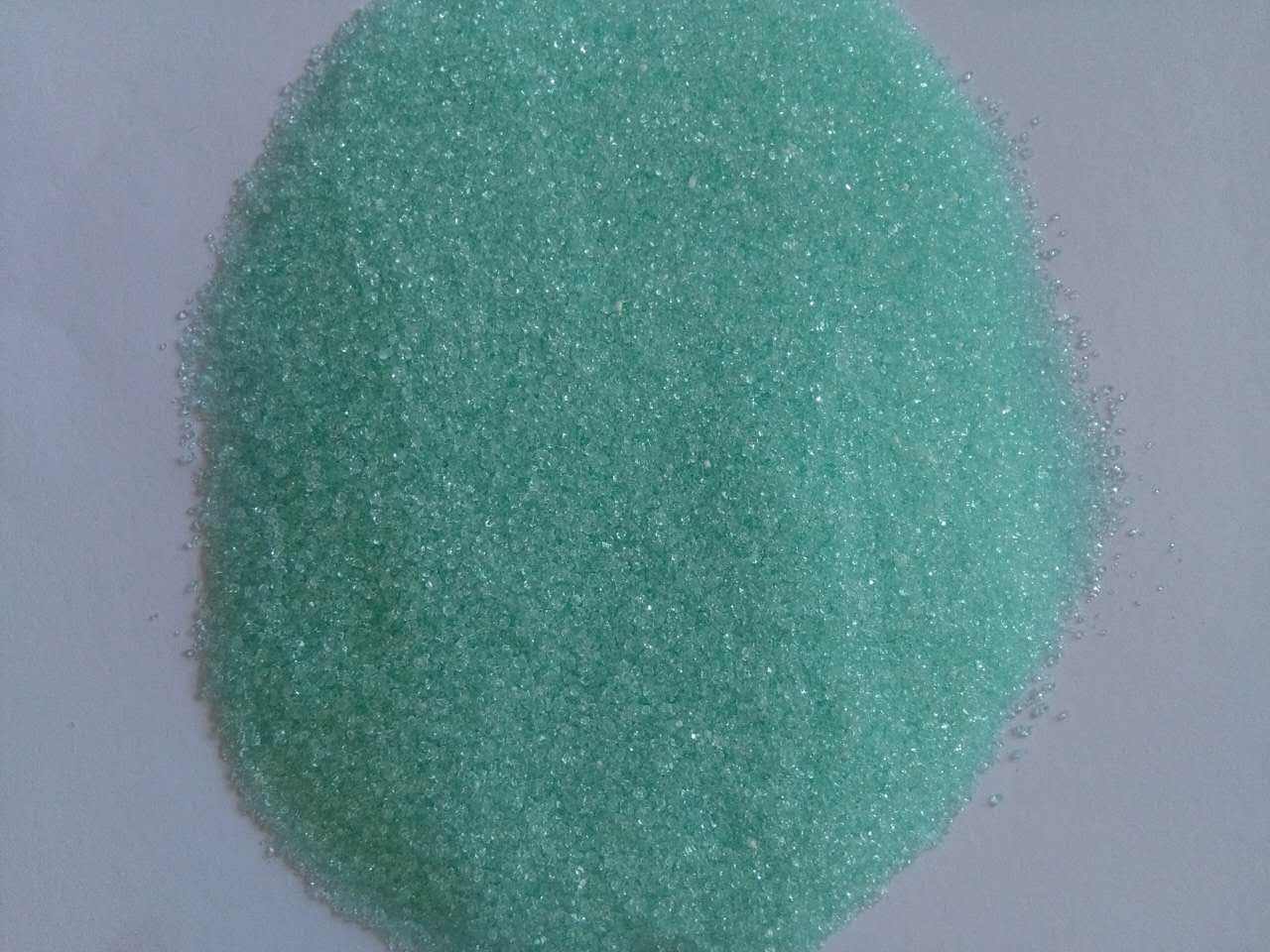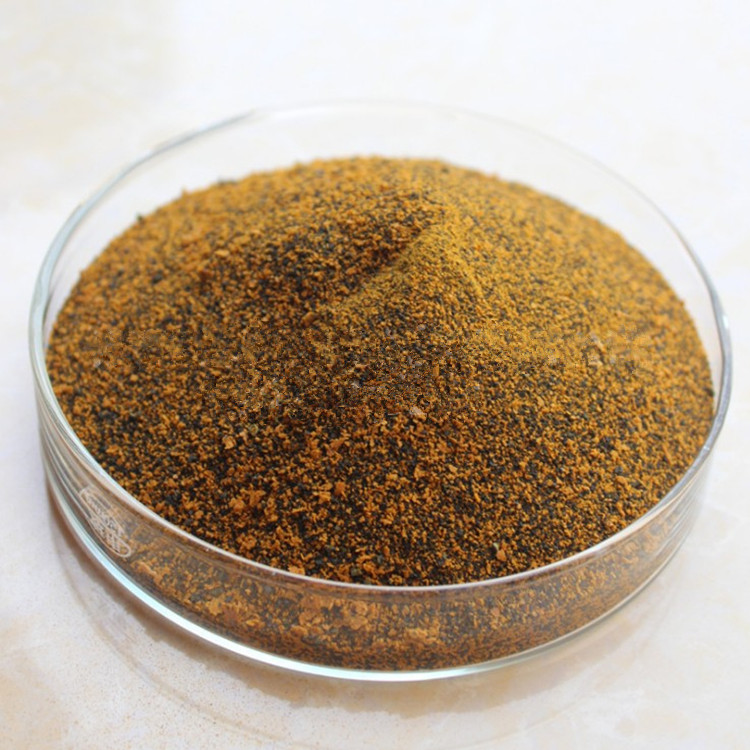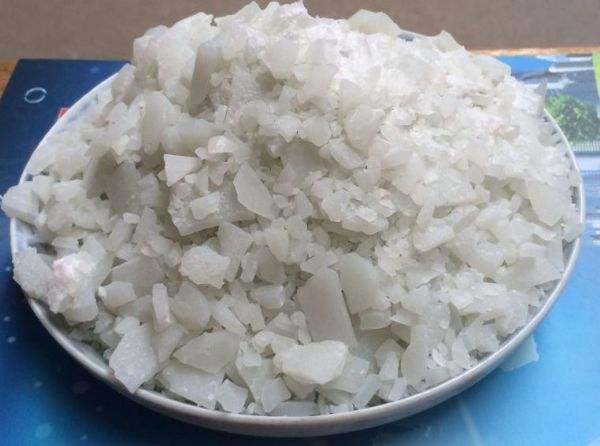Product Introduction
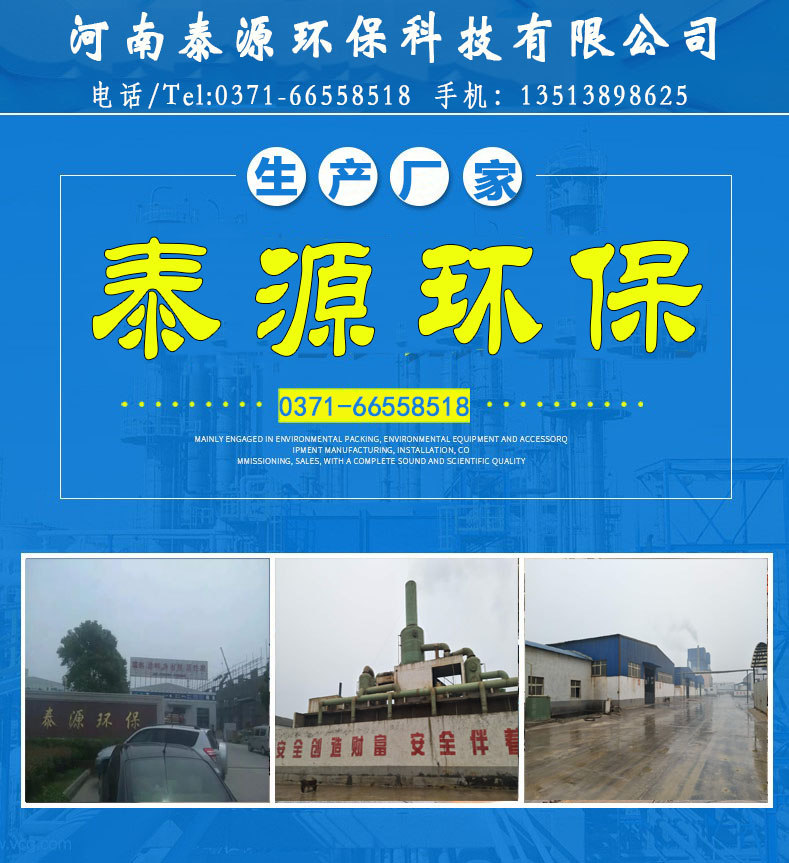
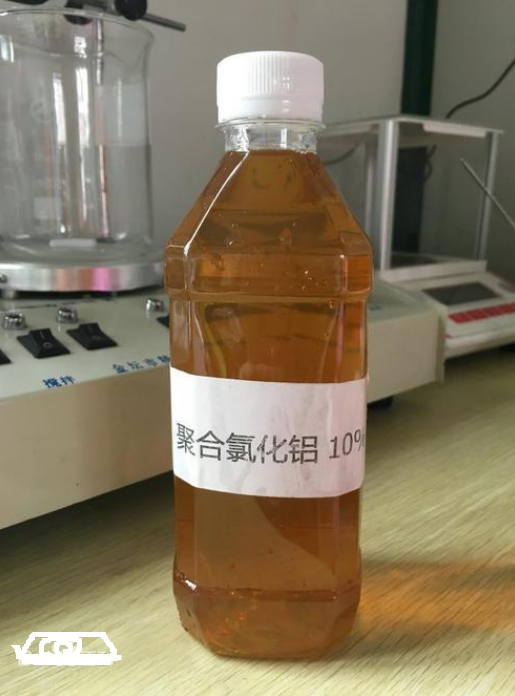
Liquid polyaluminium chloride is an inorganic polymer flocculant. Inorganic polymers with large molecular weight and high charge are produced through the action of hydroxyl ion functional group and multivalent anion polymerization functional group. The adaptable PH value range is 5.0-9.0, and the optimal PH value is 6.5-7.6.
Poly aluminum chloride (PAC) code. It is also commonly called water purifying agent or coagulant. It is a water-soluble inorganic polymer between ALCL3 and AL (OH) 3. The general chemical formula is [AL2 (OH) NCL6-NLm], where m represents the degree of polymerization, and n represents the degree of neutrality of PAC products.
The color is yellow or light yellow, dark brown, dark gray resin solid. The product has strong bridging adsorption performance. During hydrolysis, physical and chemical processes such as coagulation, adsorption and precipitation occur. The fundamental difference between polyaluminum chloride and traditional inorganic coagulants is that the traditional inorganic coagulants are low molecular crystalline salts, while the structure of polyaluminum chloride is composed of multi carboxyl complexes with variable forms, which has fast flocculation and sedimentation speed, wide range of applicable PH values, no corrosiveness to pipeline equipment, obvious water purification effect, and can effectively remove SS COD, BOD, arsenic, mercury and other heavy metal ions are widely used in drinking water, industrial water and sewage treatment. The quality of Lebang products meets the national GB15892-2009 standard.
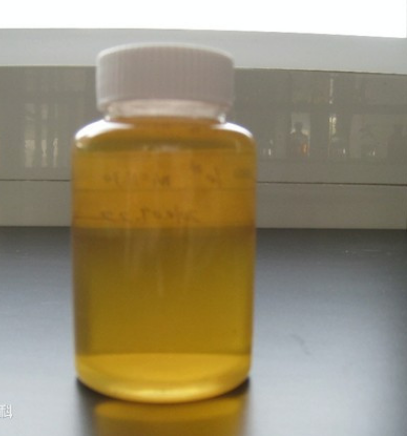
Main uses of liquid polyaluminum chloride - urban water supply and drainage purification: river water, reservoir water, groundwater, industrial water supply purification, urban sewage treatment, recovery of useful substances in industrial wastewater and waste residue, promoting the sedimentation of coal powder in coal washing wastewater, starch recovery in starch manufacturing industry, various industrial wastewater treatment: printing and dyeing wastewater, leather wastewater, fluoride wastewater, heavy metal wastewater Oily wastewater, papermaking wastewater, coal washing wastewater, mining wastewater, brewing wastewater, metallurgical wastewater, meat processing wastewater, sewage treatment, papermaking additives, cloth reinforcement, catalyst carrier, pharmaceutical refining, cement quick setting, cosmetics raw materials, etc.
Application fields of liquid polyaluminium chloride:
1. Purified water treatment: domestic water and industrial water;
2. Urban sewage treatment;
3. Treatment of industrial wastewater, sewage and sludge, and recovery of some residues in sewage;
4. For some industrial wastewater that is difficult to be treated, PAC is used as the matrix, mixed with other agents, and mixed into composite PAC, which can achieve amazing results in sewage treatment.
Performance characteristics of liquid polyaluminium chloride:
1. Polyaluminium chloride has large molecular structure, strong adsorption capacity, low dosage and low treatment cost.
2. It has good solubility and high activity. The alum flocs formed by coagulation in water are large and settle quickly, which is 2-3 times more powerful than other inorganic flocculants.
3. It has strong adaptability and is less affected by the PH value and temperature of the water body. After purification, the raw water reaches the national standard for drinking water. After treatment, the water quality has low content of positive and negative ions, which is conducive to ion exchange treatment and the preparation of high-purity water.
4. It is less corrosive, easy to operate, and can improve the labor intensity and working conditions of the dosing process.
The fundamental difference between liquid polyaluminum chloride and traditional inorganic coagulants is that the traditional inorganic coagulants are low crystalline salts, while the structure of polyaluminum chloride is composed of multi carboxyl complexes with variable forms, which has fast flocculation and sedimentation speed, wide range of applicable PH values, no corrosiveness to pipeline equipment, obvious water purification effect, and can effectively support the removal of SS COD, BOD, arsenic, mercury and other heavy metal ions. Dilution method of polyaluminum chloride: in order to achieve the best flocculant effect and economic benefits, users can determine the optimal dosage per thousand tons of water through experiments according to different source water turbidity, different seasons and different reaction conditions. When used, the product is prepared into 3% - 5% aqueous solution (calculated by the weight of the product)
